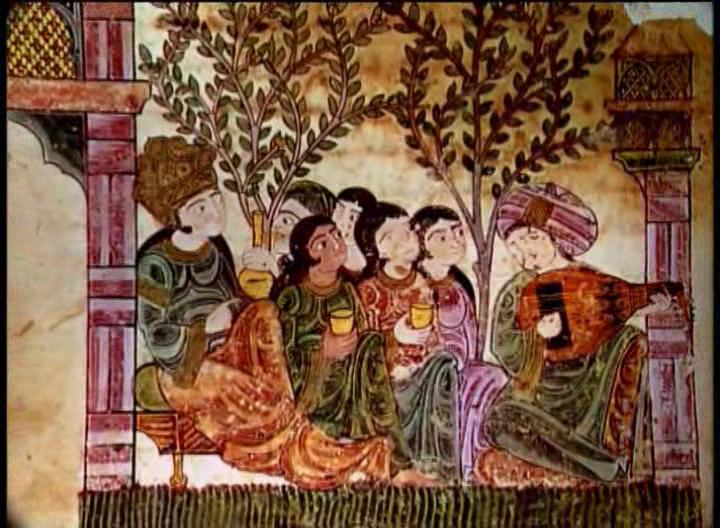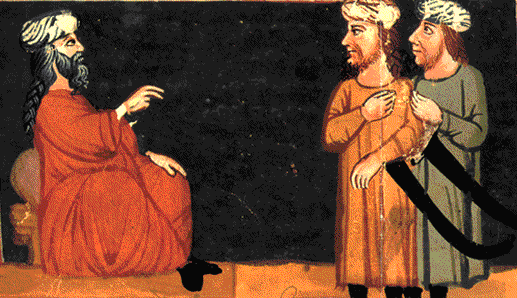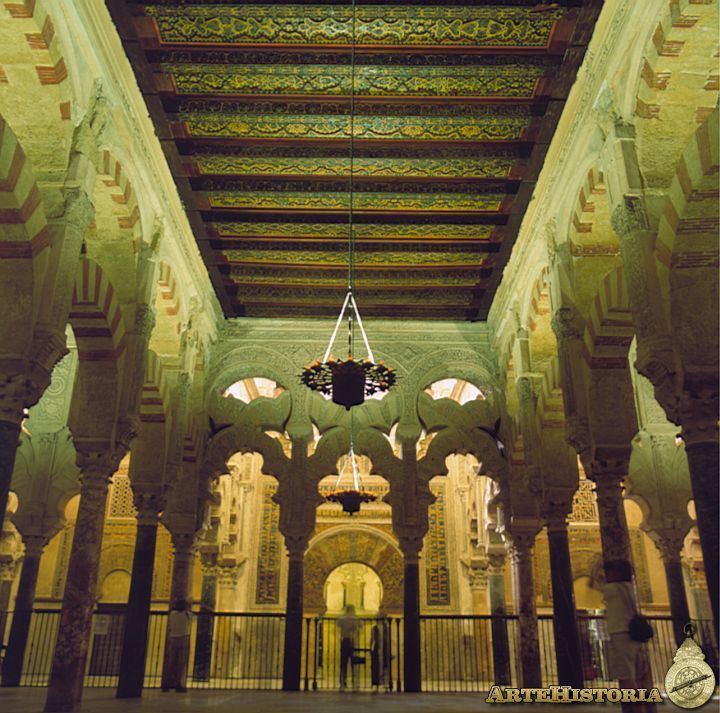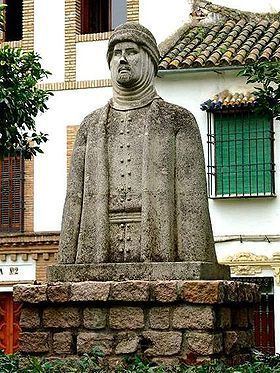Reign 961–976 Name Al-Hakam II Mother Murjan Children Hisham II | Father Abd-ar-Rahman III Predecessor Abd-ar-Rahman III Parents Abd-ar-Rahman III | |
Died October 1, 976 AD, Cordoba, Spain Grandparents Abdullah ibn Muhammad al-Umawi | ||
Great-grandparents Muhammad I of Cordoba | ||
07 al hakam ii su pol tica monetaria
Al-Hakam II (al-Ḥakam II ibn ʿAbd al-Raḥmān III; Arabic: الحكم الثاني ابن عبد الرحمن) (January 13, 915 – October 16, 976) was the second Caliph of Córdoba, in Al-Andalus and son of Abd-ar-Rahman III (al-Nasir) and Murjan. He ruled from 961 to 976.
Contents
- 07 al hakam ii su pol tica monetaria
- 02 Un da en el califato de Al Hakam II
- Early rule
- Patron of knowledge
- Construction projects
- Military conflict in North Africa
- Personal life
- Death and succession
- References

02. Un día en el califato de Al Hakam II
Early rule

Al-Hakam II succeeded to the Caliphate after the death of his father Abd-ar-Rahman III in 961. He secured peace with the Catholic kingdoms of northern Iberia, and made use of the stability to develop agriculture through the construction of irrigation works. Economic development was also encouraged through the widening of streets and the building of markets.
Patron of knowledge

Hakam himself was very well versed in numerous sciences. He would have books purchased from Damascus, Baghdad, Constantinople, Cairo, Mecca, Medina, Kufa, and Basra. His status as a patron of knowledge brought him fame across the Muslim world to the point that even books written in Persia, which was under Abbasid control, were dedicated to him. During his reign, a massive translation effort was undertaken, and many books were translated from Latin and Greek into Arabic. He formed a joint committee of Muladi Muslims and Mozarab Catholics for this task.

His personal library was of enormous proportions. Some accounts speak of him having more than 600,000 books. However, Hitchcock (2014: 91-92) argues that any number in excess of 600 is "inconceivable". The catalogue of library books itself was claimed to be 44 volumes long. According to Hitchcock (ibid.), this may be because "volume" and "page" were confused. Of special importance to Al-Hakam was history, and he himself wrote a history of al-Andalus. Following his death, Hajib Almanzor had all "ancient science" books destroyed.
The mathematician Lubna of Córdoba was employed as Al-Hakam's private secretary. She was said to be "thoroughly versed in the exact sciences; her talents were equal to the solution of the most complex geometrical and algebraic problems".
The famous physician, scientist, and surgeon Abu al-Qasim al-Zahrawi (Abulcasis) was also active in Al-Hakam's court during his reign.
Construction projects
His building works included an expansion of the main mosque of Córdoba (962–966), the Mezquita, and the completion of the royal residence Medina Azahara (976), which his father had begun in 936.
Military conflict in North Africa
Whilst the internal administration was left increasingly to the Berber vizir Al-Mushafi, general Ghalib was gradually gaining influence as leader of the army. He was chiefly preoccupied with repulsing the last Norman attacks (966, 971), and with the struggle against the Zirids and the Fatimids in northern Morocco. The Fatimids were defeated in Morocco in 974, while Al-Hakam II was able to maintain the supremacy of the caliphate over the Catholic states of Navarre, Castile and León.
Personal life
Al-Hakam married Subh of Cordoba, a Christian concubine. She held sway and strong influence over the court. It is said that al-Hakam nicknamed her with the masculine name Ja'far. She bore him two sons, the first is Abd al-Rahman, who died young, and the second is Hisham II.
In his youth his loves seem to have been entirely homosexual. He was known to have openly kept a male harem. The fact that he did not produce a suitable heir before the age of 46 has been ascribed either to him being more attracted to men, although this is only reported euphemistically in the sources, or because he was too absorbed with his books to care for sensual pleasures.
Different explanations have been given for Subh's choice of attire. While she may have dressed as a ghulam or a young man to attract al-Hakam (adopting a short haircut and wearing trousers with Al-Hakam supposedly giving her the male name of Ja'far), it is also possible she did it to gain better access to the male-dominated royal court.
Death and succession
Al-Hakam II suffered a stroke near the end of his life that curtailed his activities and may explain why he was unable to properly prepare his son for leadership. Modern scholars have speculated that, based on the historical descriptions of his death, it was another cerebrovascular stroke, possibly brought on by the cold weather, that claimed his life in October 976. He was succeeded by his son, Hisham II al-Mu'ayad, who was 11 years old at the time and was a nominal ruler under Almanzor.
